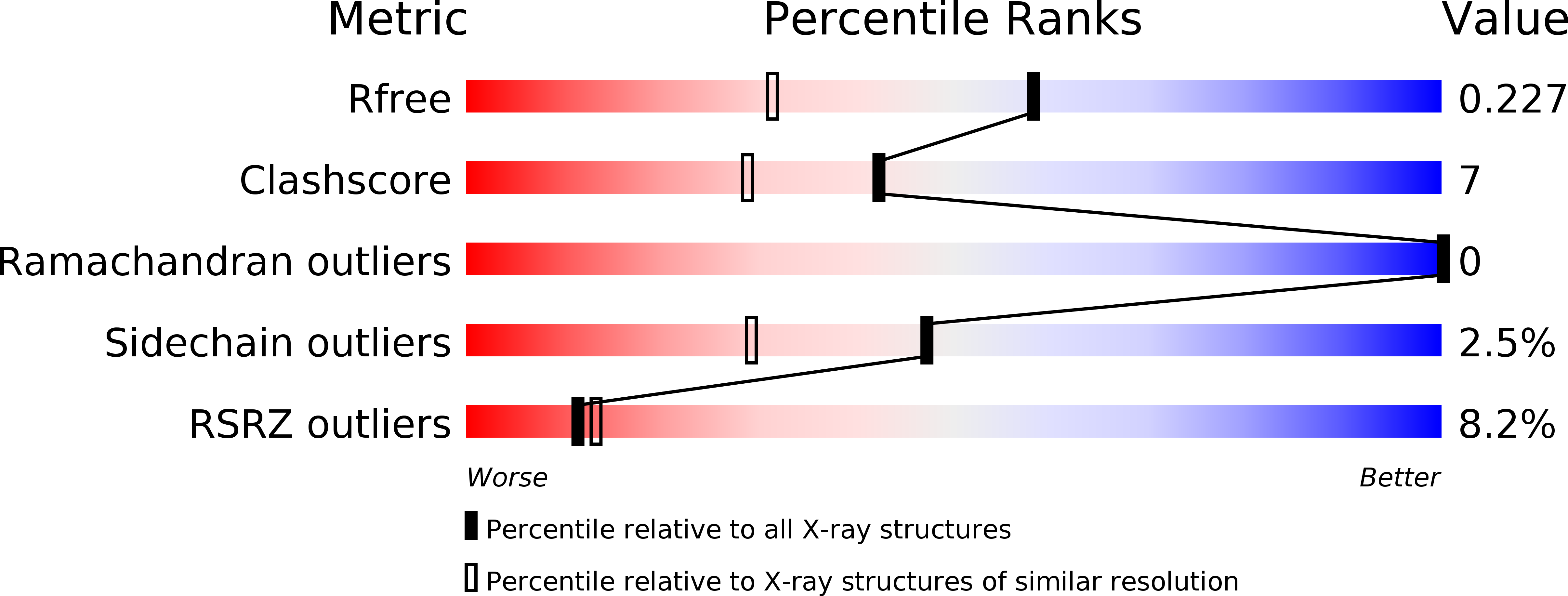
Deposition Date
2005-06-24
Release Date
2006-07-11
Last Version Date
2024-03-13
Entry Detail
PDB ID:
2CWR
Keywords:
Title:
Crystal structure of chitin biding domain of chitinase from Pyrococcus furiosus
Biological Source:
Source Organism:
Pyrococcus furiosus (Taxon ID: 2261)
Host Organism:
Method Details:
Experimental Method:
Resolution:
1.70 Å
R-Value Free:
0.22
R-Value Work:
0.19
R-Value Observed:
0.19
Space Group:
P 43 21 2


